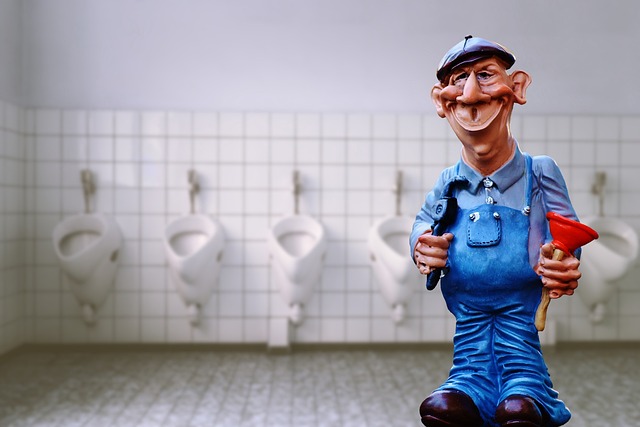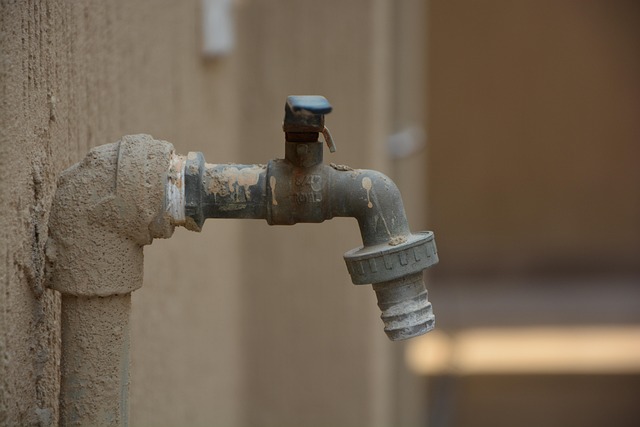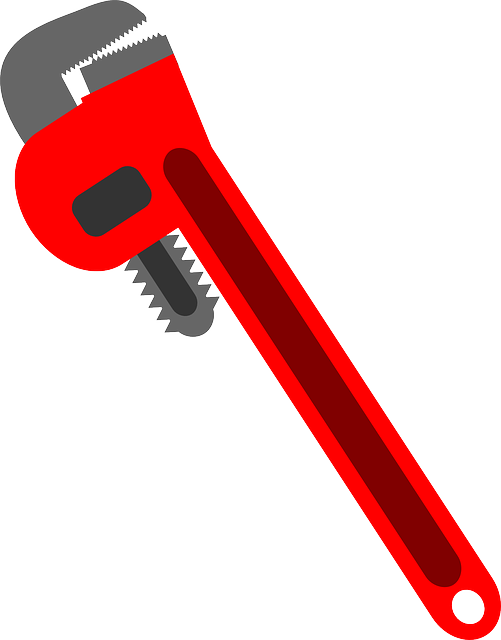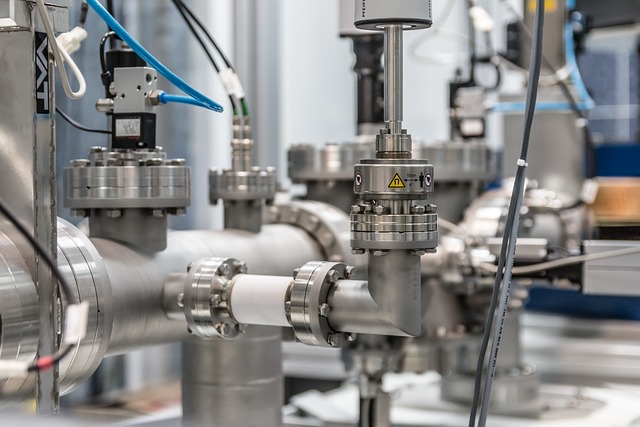Understanding your water bill is key to identifying hidden costs from common plumbing issues like leaks, outdated fixtures, and inefficient appliances. Regular maintenance, including leak checks and drain cleaning, prevents problems that waste water and money. Upgrading to energy-efficient appliances reduces water usage and lowers utility expenses. Addressing these common plumbing issues proactively saves money and ensures efficient water consumption.
Are you facing a sky-rocketing water bill with no apparent reason? It could be due to hidden plumbing problems wasting precious water and money. This article uncovers five common plumbing issues that often go unnoticed but significantly impact your expenses. By understanding these hidden costs, you can take proactive measures to save money through regular maintenance. Don’t let unexpected leaks or inefficient systems strain your finances—get equipped with knowledge on preventing common plumbing problems today.
Understanding Your Water Bill: Uncovering Hidden Costs

Understanding your water bill is the first step in identifying hidden costs associated with common plumbing issues. Many homeowners often overlook small leaks or inefficient appliances as potential culprits behind high bills. Water leakage, even from seemingly insignificant sources, can accumulate into significant expenses over time. It’s essential to be vigilant and regularly check for any signs of water damage or dripping faucets.
Moreover, outdated plumbing fixtures and appliances may contribute to higher water usage. Older toilets, for instance, are notorious for using more water per flush than their modern counterparts. Similarly, inefficient washing machines or leaky pipes throughout your home can substantially increase your water bill. Identifying these common plumbing issues through regular maintenance checks and upgrades can help you save money in the long run by reducing unnecessary water wastage.
Common Plumbing Problems That Drive Up Bills

Many homeowners often wonder why their water bills are unexpectedly high, and the answer could lie in common plumbing issues that waste money unnoticed. Leaks, for instance, are a significant culprit; even tiny drips from faucets or pipes can add up to substantial water wastage over time. Another prevalent problem is outdated fixtures or inefficient appliances, which may not regulate water usage optimally. These issues are often easy to overlook, but they contribute significantly to rising bills.
Common plumbing issues like clogged drains and toilets that run continuously also drive up water consumption. Clogged pipes can cause water to back up, leading to excessive flushing or running. Moreover, an old or faulty water heater could be a hidden money pit; these appliances consume energy and water, and their inefficiencies might not be immediately apparent. Identifying and addressing these common plumbing problems is crucial for saving money and reducing water wastage.
Preventive Measures: Saving Money Through Plumbing Maintenance

Regular plumbing maintenance is a proactive approach to prevent common plumbing issues that can lead to high water bills. By scheduling routine check-ups, homeowners can identify and fix leaks, clogs, or pipe corrosion before they become major problems. These preventive measures not only save money in the long run but also ensure your plumbing system operates efficiently.
Simple maintenance tasks like checking for leaks around fixtures, cleaning drains regularly, and insulating pipes during colder months can make a significant difference. Additionally, investing in energy-efficient appliances and fixtures can reduce water usage and lower your overall utility expenses.
Many high water bills can be attributed to common plumbing issues that go unnoticed. By understanding your water usage patterns and addressing potential problems early on, you can significantly reduce your costs. Regular plumbing maintenance is key to preventing leaks, clogs, and inefficient fixtures from driving up your bills. Implement preventive measures discussed in this article to save money and ensure your home’s plumbing system operates at peak efficiency.
